Understanding the Unique Oral Health Challenges for Asthmatic Children
Asthma, a common chronic respiratory condition in children, not only affects breathing but also influences oral health in several significant ways. Medications used to manage asthma, especially inhalers containing corticosteroids and beta-2 agonists, often reduce saliva flow, creating dry mouth conditions that promote the growth of harmful bacteria. This can increase the risk of cavities, gum disease, and oral fungal infections such as thrush. Additionally, behavioral and physiological factors associated with asthma, like mouth breathing and dietary habits, contribute to dental complications. This article explores what parents need to know to effectively manage and safeguard their child's oral health alongside asthma care.
How Asthma and Its Treatments Affect Children's Oral Health
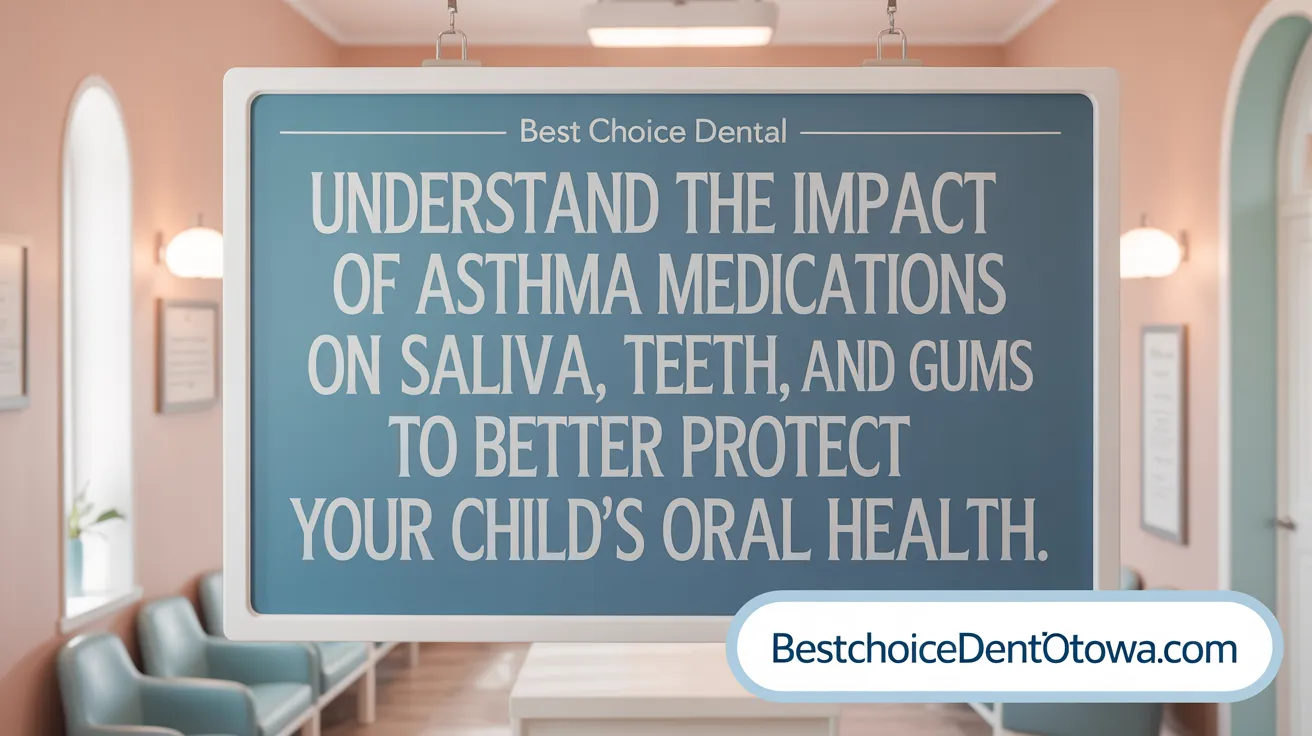
Impact of Asthma Medications on Saliva Flow
Asthma medications, particularly inhaled corticosteroids and bronchodilators, often reduce saliva production in children. This dry mouth or xerostomia decreases the mouth’s natural ability to cleanse itself, fostering an environment where bacteria thrive. Reduced saliva flow impairs the protective functions of saliva, elevating the risk for various oral health problems (oral health in asthmatic patients, Managing oral health with asthma).
Risk of Cavities and Gum Disease Linked to Dry Mouth
The decrease in saliva caused by inhaled medications promotes the growth of cavity-causing bacteria. This leads to increased plaque and tartar buildup, which can result in dental caries (cavities) and gum disease. Children with asthma are consequently at a higher risk for these oral health issues compared to their non-asthmatic peers (Dental care for children with asthma, Asthma and children's oral health).
Oral Candidiasis Due to Steroid Use
Steroid inhalers, commonly prescribed for asthma control, have immunosuppressive effects that can lead to oral candidiasis, a fungal infection characterized by a white rash inside the mouth. This condition is especially prevalent when saliva flow is reduced, and proper oral hygiene practices are not maintained (oral candidiasis caused by inhaled corticosteroids, Dental Health in Children with Asthma).
Dental Erosion Caused by Acidic Inhalers
Certain asthma inhalers, especially dry powder formulations, have acidic properties that can dissolve tooth enamel, causing dental erosion. This risk increases when inhalers are used frequently, particularly before bedtime without subsequent oral hygiene, or when combined with a diet high in acidic or sugary beverages (dental erosion in asthma patients, Asthma treatment effects on oral health).
Influence of Mouth Breathing on Oral Health
Many children with asthma exhibit mouth breathing due to obstructed airways. Mouth breathing contributes to dry mouth and altered saliva composition, increasing susceptibility to cavities and gum inflammation. Additionally, chronic mouth breathing can influence the physical development of oral structures (mouth breathing and gum health, Physical oral features related to asthma).
Physical Oral Features Related to Asthma
Children with asthma often show distinct orofacial characteristics such as increased facial height, high-arched palate, and a higher prevalence of posterior crossbites. These features are thought to be related to prolonged mouth breathing and altered respiratory patterns linked to the respiratory illness (Dental Health in Children with Asthma, Dental management of pediatric asthma patients).
Role of Gastroesophageal Reflux (GERD)
Gastroesophageal reflux is more common among children with asthma and plays a significant role in dental erosion. The acidic gastric contents that reach the oral cavity exacerbate enamel loss and contribute to sensitivity and decay. Managing GERD is therefore an important part of protecting oral health in these children (GERD and dental erosion in asthmatics, Managing gastroesophageal reflux to protect oral health).
Together, these factors indicate that asthma and its treatment modalities have a multifaceted impact on children's oral health. Preventive dental care, regular checkups, and close coordination between dental and medical providers are essential to mitigate these risks (Dental care for children with asthma, Asthma and dental management).
Importance of Early and Regular Dental Care for Children with Asthma
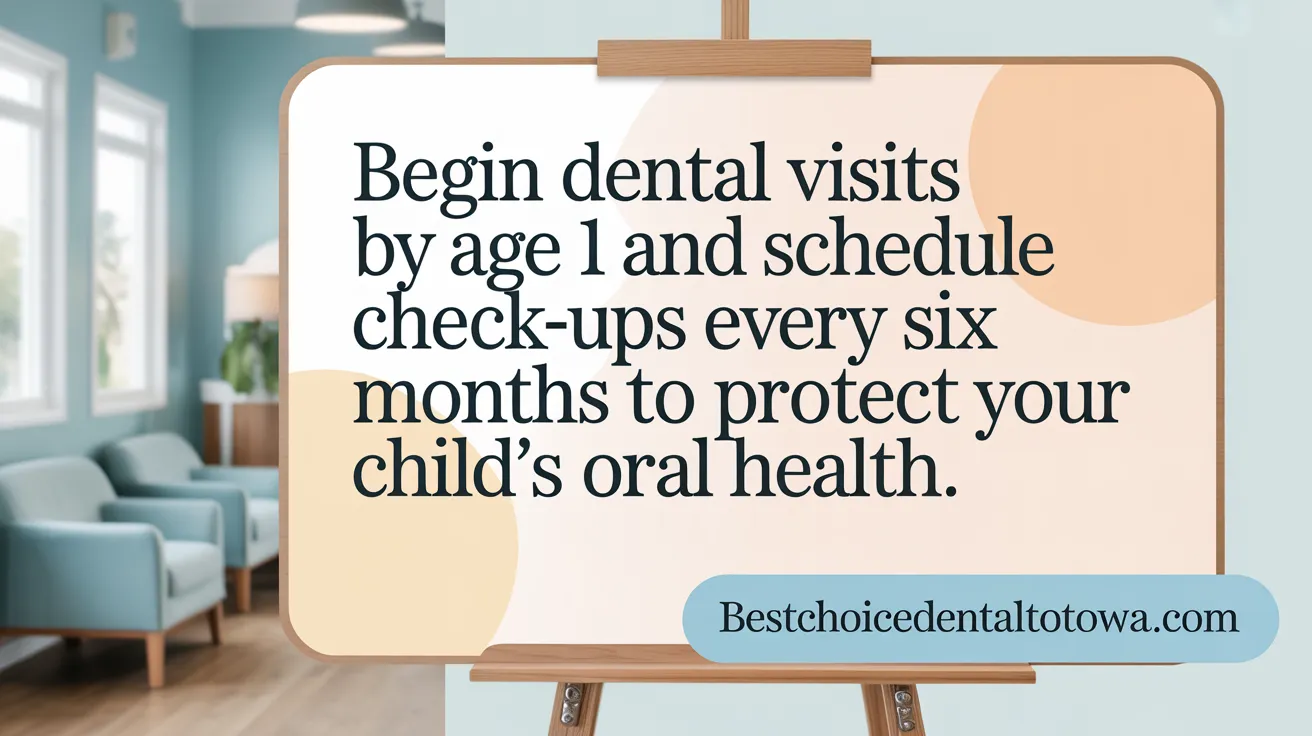
When Should the First Dental Visit Occur?
Children with asthma should have their first dental visit by 12 months of age or within six months after their first tooth appears. Early dental exams allow for timely identification of potential oral health issues related to asthma and its treatment. For more details on Timing of a child's first dental visit and Dental Health in Children with Asthma.
How Often Should Children with Asthma See the Dentist?
The recommended dental check-up frequency is generally every six months. However, children at higher risk for cavities or gum disease due to asthma medications or poor oral hygiene may require more frequent visits, sometimes every three to four months. See guidelines on Frequency of dental check-ups for asthmatic children and Preventive oral health measures for asthmatics.
Why Is Communication Between Parents and Dental Professionals Important?
Parents should inform dentists about their child's asthma status, medication regimen, recent attacks, and known triggers. This information helps dental providers tailor preventive care and treatment approaches to ensure the child's safety and address medication side effects that may impact oral health. Refer to Communication between parents, dentists, and pediatricians and Discussing medical history with dental staff.
How Does Coordination with Pediatricians or Pulmonologists Help?
Collaboration between dentists and the child's pediatrician or pulmonologist is crucial to adapt dental care plans, especially when asthma is not well-controlled. This coordination ensures that the child's respiratory status is stable and that any special precautions during dental treatment are in place. More information available at Coordinating dental care with pediatricians for asthmatic children and Dental Management of Pediatric Asthmatic Patients.
What Dental Treatment Precautions Are Needed for Uncontrolled Asthma?
Children with severe or uncontrolled asthma may need to delay elective dental procedures until their condition is stabilized. Emergency treatments and sedation techniques such as nitrous oxide might require medical consultation to ensure their safety during dental appointments. See details on Sedation considerations for children with asthma, Nitrous oxide use in mild to moderate asthma, and Managing dental treatment in asthmatic pediatric patients.
How Is Emergency Preparedness Ensured During Dental Visits?
Dental offices should be prepared for asthma emergencies by having the child's inhaler accessible and staff trained in asthma attack management. Quick administration of bronchodilators, oxygen therapy, and contacting emergency services when necessary are key steps to handle acute asthma episodes effectively. Refer to Emergency preparedness for asthma in dentistry and Managing asthma in dental practice.
Proper early dental care and ongoing management can help children with asthma maintain good oral health while minimizing risks associated with their condition and medications. For comprehensive information on Dental care for children with asthma and Asthma and oral health considerations.
Preventive Strategies to Reduce Oral Health Risks
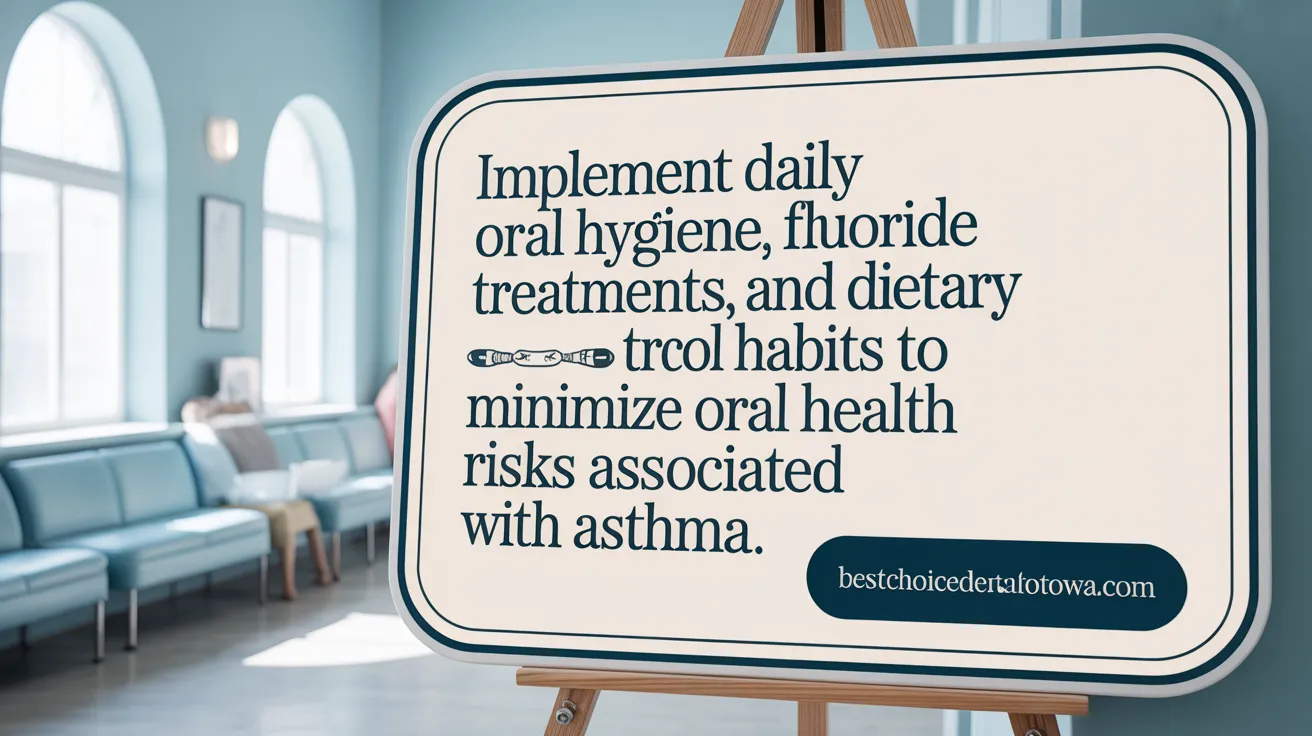
Daily Oral Hygiene Practices Suitable for Asthmatic Children
Children with asthma should brush their teeth twice daily with a fluoride toothpaste approved by dental associations. Using a soft-bristled toothbrush helps prevent gum irritation. Flossing once a day is crucial to remove plaque between teeth and reduce the risk of cavities and gum disease. Parents should assist young children with brushing until around age 8 to ensure thorough cleaning.
Use of Fluoride Toothpaste and Topical Fluoride Treatments
Fluoride toothpaste strengthens tooth enamel and reduces cavity risk. In some cases, pediatric dentists may recommend additional fluoride treatments like varnishes or rinses, especially for children at higher risk. These topical applications provide extra protection against enamel erosion caused by asthma medications.
Dietary Recommendations Including Limiting Sugary and Acidic Foods
Limiting intake of sugary snacks, candies, and acidic beverages like soda is important to reduce dental decay. Encouraging regular meals rather than frequent snacking helps maintain oral health. Drinking fluoridated water supports enamel strength and helps neutralize acids in the mouth, as described in preventive oral care tips for asthmatic children.
Benefits of Rinsing After Inhaler Use
Rinsing the mouth with water immediately after using an inhaler helps remove residual medication that can cause dry mouth, enamel erosion, and fungal infections such as thrush. This simple step prevents buildup of harmful bacteria and protects oral tissues (oral candidiasis caused by inhaled corticosteroids, preventing fungal infections in asthmatic children.
Use of Spacer Devices with Inhalers
Spacer devices attached to inhalers ensure medication is delivered deeper into the lungs with less deposition in the mouth. This reduces the acidic and sugary residue that can harm tooth enamel and lowers the risk of oral candidiasis, as detailed in using spacer devices to protect oral health.
Hydration and Saliva Stimulation Methods
Staying well-hydrated by drinking plenty of water encourages saliva production, which naturally cleanses the mouth and neutralizes acids. Chewing sugar-free gum or sucking on sugar-free candies can stimulate saliva flow, helping prevent dry mouth associated with asthma medications (managing dry mouth caused by asthma.
Avoidance of Irritants and Allergens During Dental Care
Parents should inform dental providers about any asthma triggers, allergies, or sensitivities their child has. Avoiding dental materials or practices that provoke asthma symptoms, such as certain anesthetics or latex exposure, is essential. Bringing the child's inhaler to appointments ensures immediate management if airway irritation occurs (bringing inhalers to dental appointments, emergency preparedness in dental care).
Implementing these preventive strategies helps reduce oral health risks and supports better dental outcomes for children living with asthma (dental care for children with asthma).
Managing Dental Procedures Safely for Children with Asthma
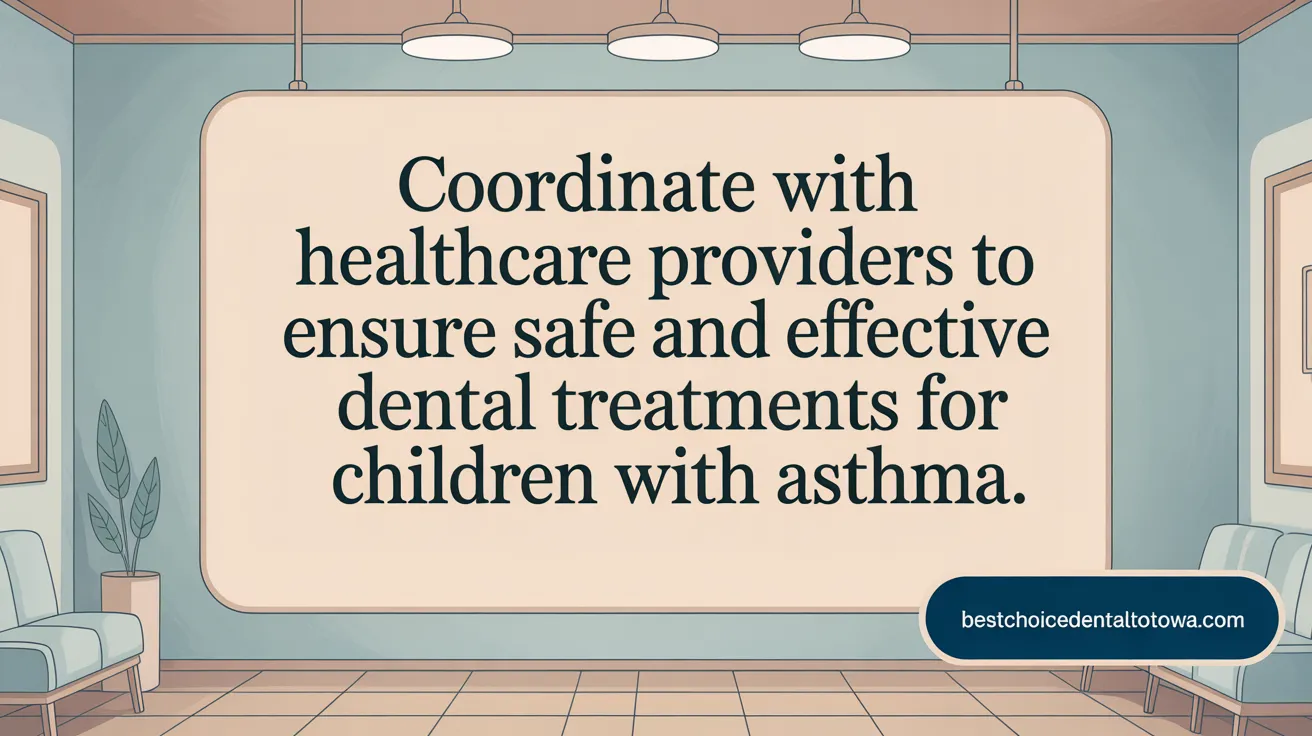
How is sedation and nitrous oxide use managed safely in children with asthma?
Sedation and nitrous oxide (laughing gas) may be used to ease anxiety and facilitate dental treatment in children with mild to moderate asthma. However, these options require prior consultation with the child’s healthcare provider to ensure safety. Nitrous oxide is generally contraindicated during active wheezing or severe asthma episodes, so it is reserved for well-controlled cases (Dental management of pediatric asthma patients, Emergency protocols for asthma and allergic reactions.
What adjustments are made during dental care based on asthma severity?
Dental treatment is best scheduled when a child’s asthma is well controlled. For children with severe, uncontrolled asthma, dental procedures may be postponed until their respiratory status improves. Pre-treatment assessment includes reviewing recent attacks, medication use, and triggers to tailor the approach and minimize risks (Dental management of pediatric asthma patients, Managing asthma in dental practice).
Why are certain medications like NSAIDs avoided?
Nonsteroidal anti-inflammatory drugs (NSAIDs), including ibuprofen and aspirin, are often avoided in asthmatic children because they can provoke bronchospasm in sensitive individuals. Acetaminophen is preferred as a safer alternative for pain management during dental care (Dental care for children with asthma.
How is stress and anxiety managed during dental visits?
Stress and anxiety can trigger asthma exacerbations. Therefore, calming techniques, behavioral management, or anxiolytic medications such as hydroxyzine or benzodiazepines may be used cautiously under professional guidance. Creating a supportive environment and clear communication also reduce fear and improve cooperation (Managing oral health with asthma, Stress management in dental care for asthmatic children.
What emergency protocols are in place for asthma attacks during dental treatment?
Dental offices must be prepared for potential asthma attacks. Emergency protocols include stopping dental procedures immediately, having the child sit upright, administering the child’s bronchodilator inhaler or nebulizer treatment promptly, supplying supplemental oxygen if needed, and calling emergency medical services if symptoms do not improve quickly (Emergency protocols for asthma exacerbations, Managing asthma in dental practice.
What are the guidelines for safe anesthetics and premedication?
Local anesthetics without sulfites are preferred to avoid allergic reactions that could precipitate bronchospasm. For children on systemic steroids, stress-dose steroid supplementation may be necessary for invasive or prolonged procedures. Premedication with bronchodilators prior to treatment may also be recommended to optimize airway function during dental care (Dental management of pediatric asthma patients, Asthma and allergies.
Promoting a Supportive Environment for Children and Parents
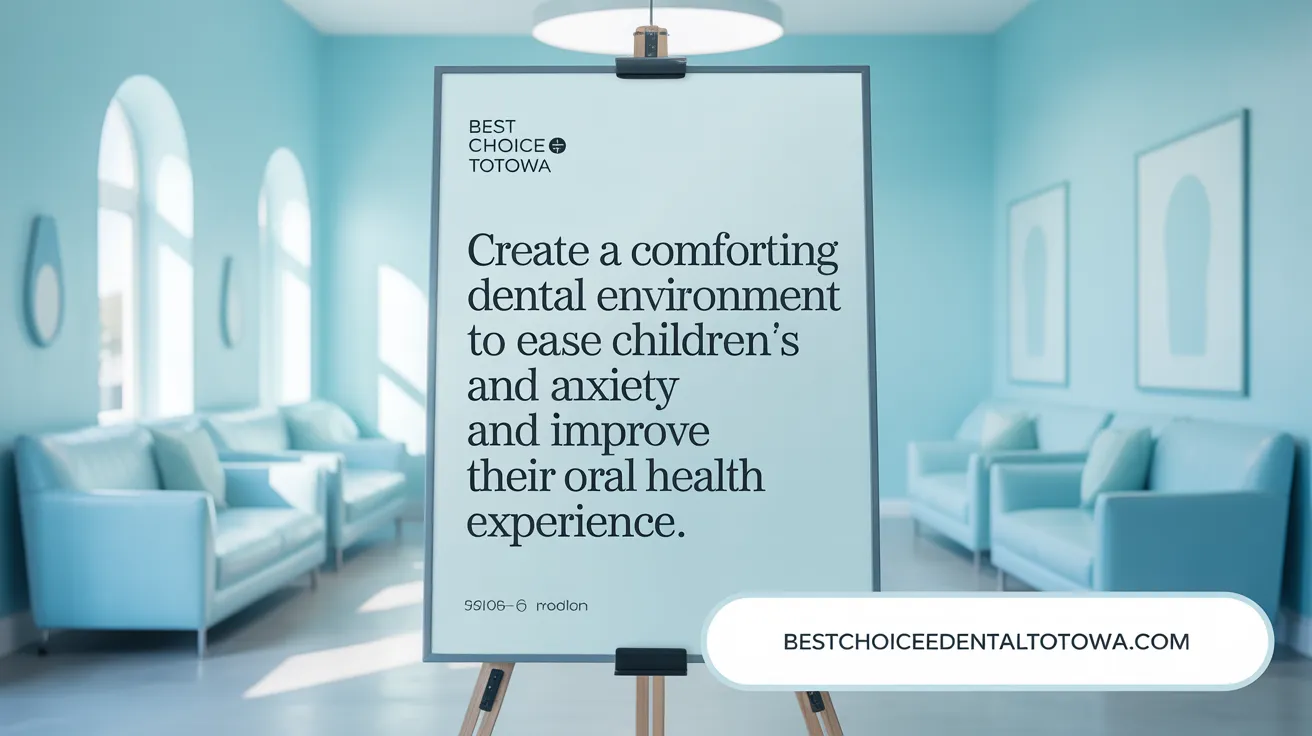
Educating parents on oral health risks and management
Parents of children with asthma should be informed about the increased risks their children face, such as cavities, dry mouth, gum disease, and oral thrush caused by asthma medications and the condition itself. Guidance on preventive care, including twice-daily brushing with fluoride toothpaste, flossing, drinking fluoridated water, and avoiding sugary foods, is essential for maintaining oral health (Preventive oral care tips for children with asthma).
Encouraging communication about asthma triggers and medication
Open dialogue between parents, dental professionals, and pediatricians is vital. Parents should share detailed information about their child's asthma severity, recent attacks, medication use, and known triggers. Bringing inhalers to dental appointments and discussing potential sedation options ensure safe and personalized care (Dental care for children with asthma.
Creating a welcoming dental experience to reduce anxiety
Dental visits can provoke anxiety that might trigger asthma symptoms. Dental teams should foster a calm, reassuring environment by preparing children with behavior management techniques and possibly using minimal sedation under medical guidance (Managing Anxiety During Dental Visits for Children with Asthma. This approach helps minimize stress and enables effective treatment.
Highlighting resources for special dental care
Parents should be made aware of organizations and specialists focused on pediatric dental care for children with asthma. Professional associations provide referrals to dentists skilled in managing asthma-related oral health issues, enhancing care quality.
Emphasizing the importance of monitoring and follow-up
Regular dental check-ups, ideally every six months or more frequently for high-risk children, are crucial for early detection and prevention of oral problems. Continuous monitoring, combined with coordinated care between dentists and healthcare providers, supports sustained oral and respiratory health (Recommended dental visit schedule for children with asthma.
Key Takeaways for Protecting Your Child’s Smile
Children with asthma face unique challenges that affect their oral health, primarily driven by medication side effects and physiological factors such as dry mouth and mouth breathing. Understanding these challenges empowers parents to take proactive steps: establishing early and regular dental visits, adopting thorough preventive hygiene routines, managing diet, and ensuring effective communication with dental and medical providers. With tailored dental care approaches and vigilant monitoring, children with asthma can maintain healthy teeth and gums, supporting their overall well-being and quality of life.
